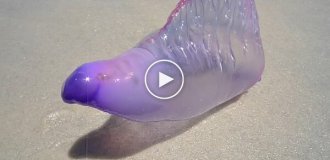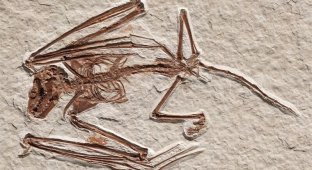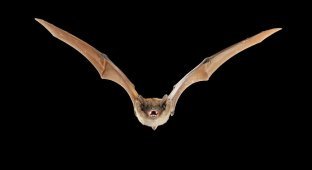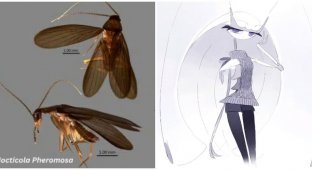We've waited: scientists are studying the possibility of "artificial hibernation" for people (3 photos)
Yes, yes, it turns out that we can sleep like bears. Otherwise it’s not fair, some snooze in a cozy den, while others go to work in the winter. Okay, I’m kidding. That’s not what scientists were trying for, they have more serious goals. 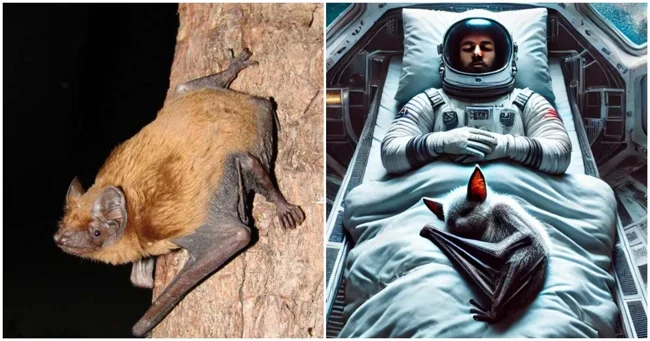
As we all remember, the highest goal of humanity is to get off this planet, oh, excuse me, to explore and master the depths of space. But the distances there are too great, so with the current life expectancy, losing so much time on flights is simply critical. Scientists from all over the world are racking their brains trying to figure out how to force a person to fall into "hibernation" without great risk.
After analyzing several species of mammals that are characterized by falling into a long sleep, scientists came to the conclusion that it is best to study bats. As if all the viruses from these mice weren't enough for us, now we have this. 
Scientists compared the thermomechanical properties of red blood cells in two species of bats and humans. In all three species, individual red blood cells became more viscous when the temperature of the blood samples dropped from a normal body temperature of 37 °C to a temperature of 10 °C, which is typical for mammals in hibernation.
The observed behavior is a result of the properties of the cell membrane and is much more evident in both bat species than in humans. Interestingly, this special adaptation in bats is associated not only with seasonal fluctuations, but also with such things as changes in diet and ambient temperature. 
At present, humans cannot lower their body temperature on their own without risk to health, but scientists are confident that the obtained data will allow the development of pharmaceutical methods that will change the mechanical properties of human red blood cells in order to optimize blood circulation in artificially induced states similar to hibernation.









